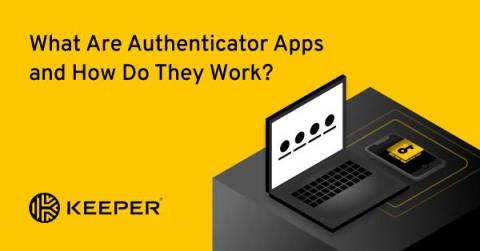Security | Threat Detection | Cyberattacks | DevSecOps | Compliance
Latest News
Microsoft was the Most Impersonated Brand in Q2, 2023
Microsoft was the most impersonated brand in phishing attacks during Q2, 2023, according to Check Point’s latest Brand Phishing Report.
European Union Healthcare Sees the Number of Cyber Incidents Double in 2023
A new report focused on the healthcare sector sheds light on the state of cyber attacks in the European Union, including the types of attacks, who’s targeted, motivations, and who’s responsible. The newly-released Health Threat Landscape report from the European Union Agency for Cybersecurity (ENISA) is the first analysis completed by the agency and covers incidents from 2021 through March of 2023.
Business Email Compromise Now Has a $50 Billion Price Tag
The latest data from the FBI’s Internet Crime Complaint Center (IC3) ups the estimate for the cost of losses and exposure through business email compromise (BEC) attacks from 2013 through 2023. In the latest advisory from the IC3 entitled “Business Email Compromise: The $50 Billion Scam,” there was a 17% increase in losses from BEC attacks in 2022.
Do You Use These Top SaaS Apps? Here's What You Need to Know About Data Sprawl
Nightfall’s recent “State of Secrets” report uncovered that collaboration, communication, and IT service tools have the highest risk of data exposure, particularly in industry-leading SaaS apps like Slack and GitHub. This trend highlights an incredibly pervasive (yet often overlooked) risk in cloud cybersecurity: Data sprawl.
Get the right pen test for your compliance
Over the past few years there’s been an explosion in demand for penetration testing services. What was once seen a service only needed by larger enterprises is now more affordable than ever and used by SMEs and startups. This increase in adoption is partly down to pen testing being an all-round useful cyber control, but it’s also driven by compliance.
Hillsborough County, FL is Among MOVEit File Breach Victims: More than 70k Impacted
Hillsborough County is a location in the middle of Florida, with a current population of approximately 1.4 million. The county is tasked with managing and protecting the information of a huge number of people, and it failed to do so recently. It was hit by a data breach that lost personal and medical information for thousands of people. The breach could result in several consequences, such as identity theft, financial loss, and long-term problems for some of these victims.
What Are Authenticator Apps and How Do They Work?
An authenticator app is a secure and easy method of identity verification that works by generating number codes that users enter alongside their credentials to access an account. Keep reading for details on how authenticator apps work and how to use them.
A Closer Look at the Midnight Blizzard Crew
Microsoft's security team has recently made a significant discovery regarding an increase in cyber-attacks orchestrated by the Russian state-backed group known as the Midnight Blizzard crew. This group, which also operates under the aliases Nobelium, APT29, Cozy Bear, Iron Hemlock, and The Dukes, has been actively targeting personal credentials, according to Microsoft's findings. The Midnight Blizzard hackers employ residential proxy services to conceal the source IP addresses of their attacks.
BoxyHQ - The must-have for your startup's next enterprise customer
Add plug-and-play features to your SaaS product with BoxyHQ's product suite. Become enterprise-ready!









